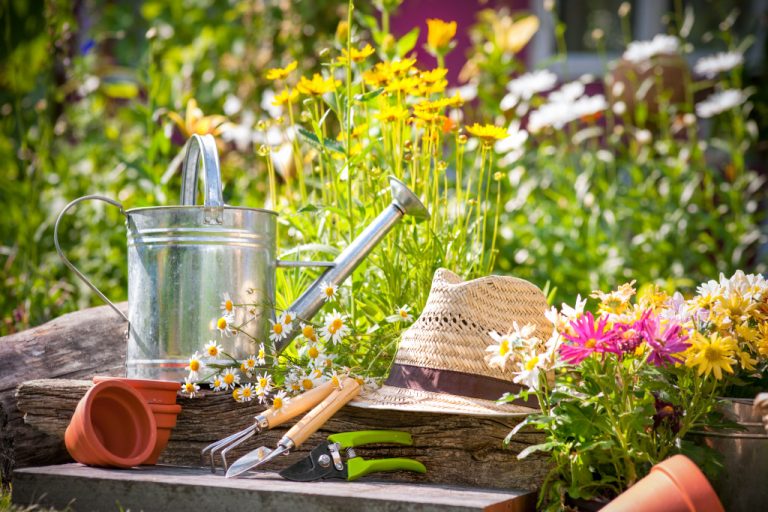- The right plant choice for your garden depends on understanding your climate and specific environmental conditions.
- Beyond aesthetics, consider the environmental impact of your plants and choose native, adaptable species.
- Utilize local resources such as gardening groups and nurseries for advice and regional-specific plant recommendations.
- For tree planting and maintenance, seeking help from a tree service provider is highly recommended.
Gardening is a widely-enjoyed and fulfilling hobby that provides several physical and mental health benefits. With the satisfaction of seeing plants thrive and bloom comes the added bonus of contributing to the environment and preserving green spaces. However, planting the wrong species of plants and flowers in your garden can lead to disappointment and wasted efforts. Here’s a comprehensive guide to regional gardening, helping you make informed decisions about what to plant.
Understand Your Climate
The first step to selecting the right plants for your garden is to understand your climate. Each region has its unique temperature patterns, soil types, and precipitation levels that determine the suitability of different plants.
Start by researching the USDA Plant Hardiness Zone Map that breaks down the country into various zones with unique climatic conditions. Knowing your zone will prevent you from planting plants that cannot withstand your climate.
While choosing plants that thrive in your region is essential, you should also factor in the environment where you intend to plant them. The light conditions and soil type can vary significantly in different parts of your garden, even within the same zone. For example, areas that receive full sunlight require plants that can withstand high temperatures and drought, while shady areas require plants that can grow with less direct sunlight.

Think Beyond Looks
While the aesthetics of your garden are essential, it is crucial to think beyond looks and consider the impact of your plants on the environment. For example, some plant species can damage the soil, invade nearby ecosystems, or harm animals. Here’s what you can do to mitigate any negative consequences:
Research Your Plants
Once you have identified your zone, the next step is to research the plants that thrive in that specific climate. Consider factors like the plant’s light requirements, water needs, soil type, and growth habits. Native plants tend to be the most suitable for their regional climates as they are well adapted to the conditions. They also require less maintenance and have natural defenses against pests and diseases.
Use Local Resources
In regional gardening, there are several local resources that can assist you in making well-informed decisions. For instance, local gardening groups, nurseries, and university extension offices are available to provide valuable advice and guidance. With their vast local knowledge, they can recommend suitable plants for your region and offer tips on how to care for them. Additionally, some of these institutions may offer comprehensive plant lists tailored to your area or even provide educational classes focused explicitly on regional gardening.
Monitor Your Plants
Once you have carefully planted your chosen species, it is crucial to monitor them regularly to ensure their well-being. Keep a close eye on the plants, making sure they receive the right amount of sunlight, water, and nutrients for their optimal growth and development. Additionally, be vigilant in identifying and addressing any potential threats, such as pests or diseases, that might compromise their health. By taking proactive measures, you can safeguard your plants and promote a thriving, vibrant garden.

Seek Professional Tree Services
If you particularly want to grow trees, it is best to seek the help of a reliable tree service provider. They are experienced in planting and caring for trees in various climates and can provide professional guidance on what species are suitable for your area.
They can also do regular maintenance to keep your trees healthy. For instance, they can prune them to remove dead or dying branches, clear away any debris, and trim the trees to prevent them from growing too large.
It is important to remember that trees, with their majestic presence and intricate root systems, require more care and attention compared to other plants. Therefore, it is highly recommended to entrust the care of trees to qualified professionals who possess the necessary skills and experience to promote their health and vitality.
Understanding your climate, researching your plants, considering the environment, and thinking beyond looks are crucial steps to take when choosing the right plants for regional gardening. Fortunately, there are many resources available to help ensure your garden thrives. Take the time to learn about your zone, research specific plants, and ask for expert advice, and you will reap the benefits of a thriving garden in no time.
